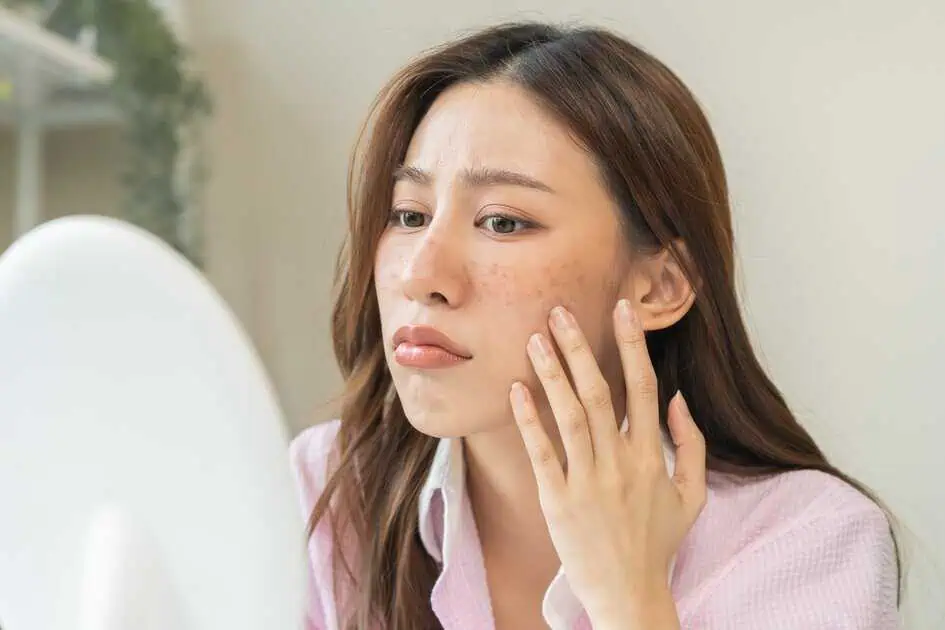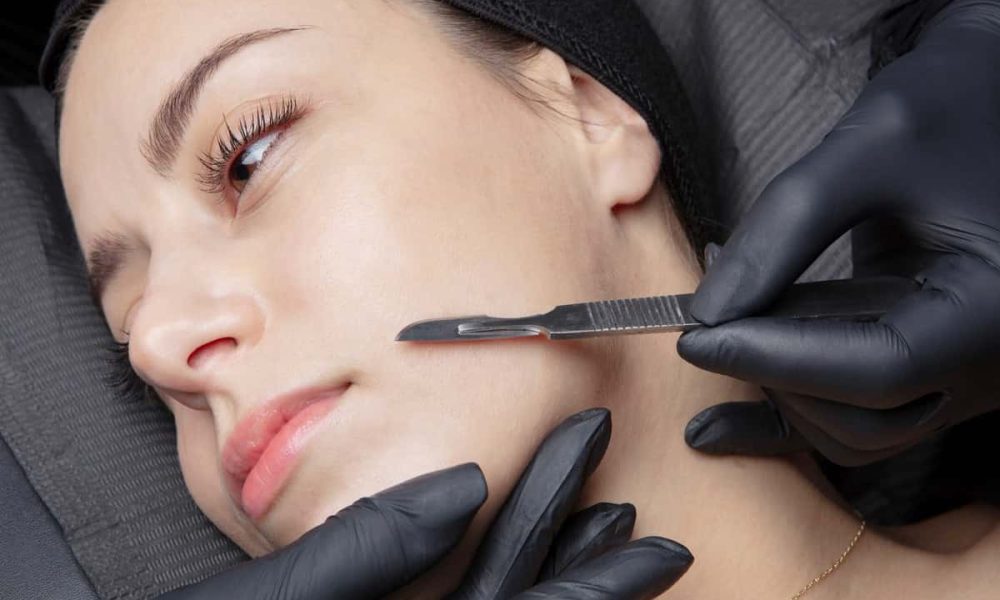

Dermaplaning has become increasingly popular in recent years due to its capacity to provide skin that is smoother and has a more radiant appearance. But have you ever wondered how many layers of your skin dermaplaning actually removes? Now, let’s get into the specifics of dermaplaning, covering its definition, the mechanics behind it, and the exact skin layers it focuses on.
Dermaplaning is a non-invasive cosmetic procedure that a licensed skincare professional performs. It involves the use of a surgical scalpel or a specialized dermaplaning tool to gently scrape away the outermost layer of the skin. This outer layer is known as the stratum corneum, and it consists mainly of dead skin cells and fine vellus hair, often referred to as “peach fuzz.”
The outermost layer of the epidermis, or topmost layer of skin, is referred to as the stratum corneum. It is essential for defending the body against invaders from the outside world and the environment. This layer, which is primarily made up of dead skin cells, serves as a barrier to keep viruses, dangerous UV rays, and contaminants out of the body.
While the stratum corneum is vital for our protection, it can accumulate a buildup of dead skin cells over time, leading to a dull complexion and clogged pores. This is why exfoliation methods like dermaplaning are utilized to gently remove this outer layer, revealing fresher, healthier skin underneath and promoting a brighter, more youthful appearance.
Moreover, the stratum corneum is not a static structure; instead, it undergoes a continuous process of shedding and renewal. New skin cells form in the lower layers of the epidermis and gradually migrate upward. As they approach the surface, these cells flatten and harden, eventually becoming the dead skin cells that make up the stratum corneum.
This natural shedding process, known as desquamation, ensures that the skin remains fresh and healthy. However, factors like aging, sun exposure, and certain skin conditions can disrupt this process, making exfoliation techniques like dermaplaning particularly beneficial for maintaining vibrant and clear skin.
Dermaplaning primarily targets the stratum corneum, effectively removing the two main components from the skin’s surface:
By doing so, it accomplishes several benefits:
While dermaplaning offers many benefits, it’s essential to have the treatment performed by a trained and licensed professional to ensure safety and effectiveness. The specific results can vary from person to person, so a consultation with a skincare expert can help determine if dermaplaning is the right choice for your skincare goals.
Dermaplaning is a cosmetic procedure that focuses primarily on the superficial layers of the skin and does not penetrate deeper into the skin’s structure. As such, it does not affect or impact the following deeper layers of the skin:
Since dermaplaning is a gentle exfoliation technique that remains on the surface of the skin, it is considered safe and suitable for various skin types and tones without causing harm or significant trauma to the deeper skin layers. This characteristic makes it a popular choice for individuals seeking smoother, more radiant skin without the downtime associated with more invasive treatments.
Dermaplaning is a skincare procedure that removes the stratum corneum, offering benefits like smoother skin, improved product absorption, and even makeup application, promoting a refreshed, youthful appearance. At Taylered Aesthetics, we proudly offer a Dermaplaning procedure, a three-step process involving exfoliation, enzyme peel, and stem cell growth factors to create exfoliated, bright “new skin.” Embark on a journey of Dermaplaning, where the artistry of the blade reveals your distinctive beauty, unveiling a stunning you, layer by layer!